8 Best Uses for a Raspberry Pi
The Raspberry Pi is that little $35 single-board computer everyone seems to be talking about since it was launched some five years ago. It has since sold over 12.5 million units, making it the third best-selling general purpose computer behind the Mac and the Windows PC. This is no small accomplishment.
This is enough to get many people curious about the device and wonder what can be done with it. Well, this is precisely what this article is all about. We’ve researched the best 8 uses for a Raspberry Pi. With its low cost, impressive performance and versatility, the Raspberry Pi has become the base, the heart or the brains of quite a few interesting projects.
After briefly discussing what the Raspberry Pi is, what makes it tick and what its capabilities are, this article will introduce you to the best 8 uses for a Raspberry Pi.
About the Raspberry Pi
The Raspberry Pi is a cross between a computer (like the laptop or desktop computer you might be using right now) and a microcontroller board like you would find in so many smart devices.
Developed in the UK by the Raspberry Pi Foundation (a non-profit organization) to teach basic computer science and programming in schools and in developing countries, its feature set, adaptability, size, and affordability have made it immensely popular outside of its original intended audience.
The most current and prevalent model, the Raspberry Pi 3 model B, offers a full complement of features and interfacing capabilities. With a 1.2 GHz, 64-bit, quad-core ARM Cortex-A53 processor, a high-performance Broadcom VideoCore IV graphic processor, 1 GB of RAM, video (HDMI and composite), audio, and USB interfaces as well as Bluetooth and Ethernet and Wi-Fi networking, it really is a powerful and versatile device. Furthermore, it has all that’s needed to serve as a base for many useful projects.
8 Uses for the Raspberry Pi
TV Box/Media Center PC
One of the most common uses for the Rasberry Pi is as a TV box or media center PC. In this era of smart televisions and even smarter TV boxes such as the Roku, Apple TV, Amazon Fire Stick, etc. many people have been looking for ways to use the Raspberry Pi as a TV box. And many have succeeded.
Several projects out there are specifically dedicated to turning the Raspberry Pi into a media center. The most popular is certainly LibreELEC, an open-source operating system specifically designed for the device that does nothing but runs Kodi, the well-known free media center application. We’ve recently published an article about LibreELEC: LibreELEC – An Operating System Tailored for Kodi. We invite you to read it for all the details.
But LibreELEC is not your only option. OpenELEC, LibreELEC’s parent, and OSMC are two similar projects that will turn a Raspberry Pi into a media player. All three were compared in this recently published article: LibreELEC, OpenELEC or OSMC – What’s The Best OS for Me?
No matter which way you go about it, using the Raspberry Pi as a media player connected to your TV is certainly a good alternative to commercial options. Based on the Kodi media player, you have access to hundreds of add-ons that will make your device burst with interesting content.
A VPN is an Essential Tool When Using Kodi
To keep what you’re doing to yourself and avoid the scrutiny of overzealous Internet Service Providers, you must use a VPN. When an ISP suspects someone might be violating their terms and conditions, they can react by throttling down their speed, sending them copyright infringement notices or even interrupting their service. A VPN protects one’s privacy by encrypting the data using strong algorithms that make it almost impossible to crack. Furthermore, by using appropriately located servers, A VPN allows bypassing geographic restrictions.
With so many VPN suppliers to choose from, picking the best can be a daunting task. Here are a few important factors to consider. A fast connection speed will avoid buffering, a no-logging policy will further protect your privacy, no usage restrictions will let you access any content at full speed and finally, software must be available for your device.
The One We Recommend for Kodi – IPVanish
Addictive Tips tested several VPN against these criteria and the one we recommend for Kodi users is IPVanish. With servers worldwide, no speed cap or throttling, unlimited bandwidth, unrestricted traffic, a strict no-logging policy and client software available for most platforms, IPVanish delivers impressive performance and value.
IPVanish offers a 7-day money back guarantee which means you have a week to test it risk-free. Please note that Addictive Tips readers can save a massive 60% here on the IPVanish annual plan, taking the monthly price down to only $4.87/mo.
File Server
More and more people want to have a centralized location where they can store their files. These could be videos, photos or any type of documents. Some (including this article’s author) even dedicate a computer specifically to that purpose. But a computer takes up a considerable amount of space. Why not, then, use a Raspberry Pi as a file server? The Pi has almost all that’s needed. All it is missing is file storage space.
But with the Raspberry Pi 3 sporting no less than fours USB interfaces, all you need is an external hard disk and you have all it takes. And with external USB hard drives going for around $100 for a 4 TB unit, you can have lots of storage space for much less than the cost of a PC. 4 TB is enough space to store over a thousand HD movies.
As for the required software, the Raspian operating system, the “official” OS of the Raspberry Pi, is an all-in-one solution. It is a Linux-based operating system derived from the Debian distribution. It includes Samba, the software you need to offer windows networking services. With Samba, other computers (or laptops, tablets, and smartphones) will see your Raspberry Pi as a Windows server.
For more details on how this can be done, you’ll find detailed instructions here.
Plex Server
You might have heard of Plex. It is an immensely popular media server that can be used to store all sorts of media files. It is a distant cousin of Kodi as they both share a common ancestor, but the similarity stops there. Plex is primarily a media server. It typically runs on a computer where your media collection resides.
Plex will make your videos, music, and photos accessible on all your devices: web, Android, iOS, Windows, Chromecast, Smart TVs and more. Furthermore, Plex indexes all your content and enhances it with metadata such as artwork, cast and crew info, ratings, etc.
Running Plex on a Raspberry Pi is kind of an extension of running a file server. The required hardware is even the same. The biggest difference is that you’ll be running the Plex server on the Raspberry Pi. But nothing stops you from also running a file server on it and using the Raspberry Pi as both a file server and a Plex media server
For more details about Plex, visit their website at www.plex.tv. And for detailed instructions on how to build a Raspberry Pi Plex server, we recommend reading this.
Retro Gaming
Are you a fan of older video games? Do you miss playing Super Mario Bros 3 for hours on the Nintendo Entertainment System? Perhaps you used to spend your free time at the arcade playing your favorite game. Today, all of the above fall into the realm of retro gaming. And the great news is that the Raspberry Pi is one of the best platforms for those.
This is thanks to a hugely popular project called RetroPie. Built on top of Raspbian, Retro Pie includes software to emulate most of the older gaming consoles as well as some of the most popular gaming computers of the past. It will, for example, emulate all the Nintendo consoles from the original NES to the Nintendo 64 plus all the Game Boy hardware.
Getting started with Retro Pie is a bit complicated and there is definitely a learning curve. But the possibilities are almost endless and are well-worth the efforts.
There are literally dozens of Internet sites about the Retro Pie project. For starters, we suggest you first go to the official project’s website.
One word of caution, the actual games that can be played on most emulators under Retro Pie are copyrighted, and acquiring them can be tricky. They are never included in the “official” site. And remember that you should never use copyrighted material that you have no right to.
Arcade Emulation
Arcade emulation is an extension of the previous use. It is included with the Retro Pie but, for many, it goes much further. Some people have built either full-size or small-scale arcade cabinets to play their favorite arcade games from the past. Its a hot topic and there’s a whole community around the subject.
MAME is what started it all. The Multiple Arcade Machine Emulator project started many years ago, way before the advent of the Raspberry Pi. The goal of MAME is to provide a uniform emulation platform capable of running code extracted from the ROM chips of vintage arcade cabinets.
But all this doesn’t stop with software; a whole market of hardware adapters has seen the list in recent years, allowing to interface all sorts of real arcade controllers to a computer.
For additional details on MAME, go to the project’s website. And since there are dozens of other sites on the subject, finding information will not be your biggest challenge. Instead, acquiring the extracted ROMs from arcade machines will be your main difficulty. And when considering the copyright issue, it becomes even harder. A handful of games have been released to the public domain by their publishers but, in most instance, the only legal way to play most of these games is to own the corresponding arcade machine.
DIY Mini NES
You might have heard of the Nintendo NES Classic, this small retro gaming console launched by Nintendo a year ago only to be out of stock days later. A second, upgraded run was just recently released as the Super NES Classic and it still has the same huge success.
For those of you who don’t know what this cool thing is, it is a small game console whose cabinet looks like smaller-scale original NES with a single NES gamepad that is nearly identical to the original.
Well, you can make your own version of this “classic” console, thanks to Retro Pie and a handful of brilliant tinkerers who developed a 3d-printed case aptly name the Pitendo. Tha case is meant to house your Raspberry Pi while mimicking the look of the classic Nintendo NES.
This recent post on TechRadar will give you more details on how to build one for yourself.
The Retro Pie project is one of the most important on the Raspberry Pi scene. It serves as the base for no less than three of our 8 best uses for a Raspberry Pi.
Desktop Computer
Another use for the Raspberry Pi is as a computer. When you connect a keyboard, mouse, and computer monitor to a Raspberry Pie, what you get is pretty close to a decent albeit limited home PC. Perhaps the only additional thing you may want to add is some extra storage in the form of an external hard disk.
Of course, this computer won’t run windows. Chances are it will run Raspbian, the Pi’s own version of Debian Linux. This is a perfectly fine operating system for basic computing needs, though. If all you need is to browse the web, check your emails, hang out on social networks and watch a few videos you’ll have no issue with such a setup.
Learning Programming
Last but not least, why not use the Raspberry Pi for what it was originally intended: learning computer programming? This was one of the original motivations behind the project. Some British teachers thought that current computers are too complex and their programming too abstract to make it interesting to high school kids.
They wanted something that was closer to the vintage computers of the 80’s, and the Pi offered just that. It runs a full operating system and uses standard input and output devices, while also allowing easy access to the underlying hardware.
And education is still a major topic for the Raspberry Pi foundation. The Education section is one of the biggest on their website and it is full of resources to get one started with learning programming.
Conclusion
As you can see, there are plenty of things one can do with a Raspberry Pi. And what we’ve presented today is only a small sample of all that’s available. A quick search on google will reveal hundreds of projects using the Raspberry Pi. They range from weather stations to 3D scanners. Really, when it comes to what can be done with this amazing device, the sky is the limit.
What are you using the Raspberry Pi for? Do you have a favorite Pi project? Have you tried any of our best 8 uses for a Raspberry Pi? How was your experience? We love to hear from you. Share your comments below!

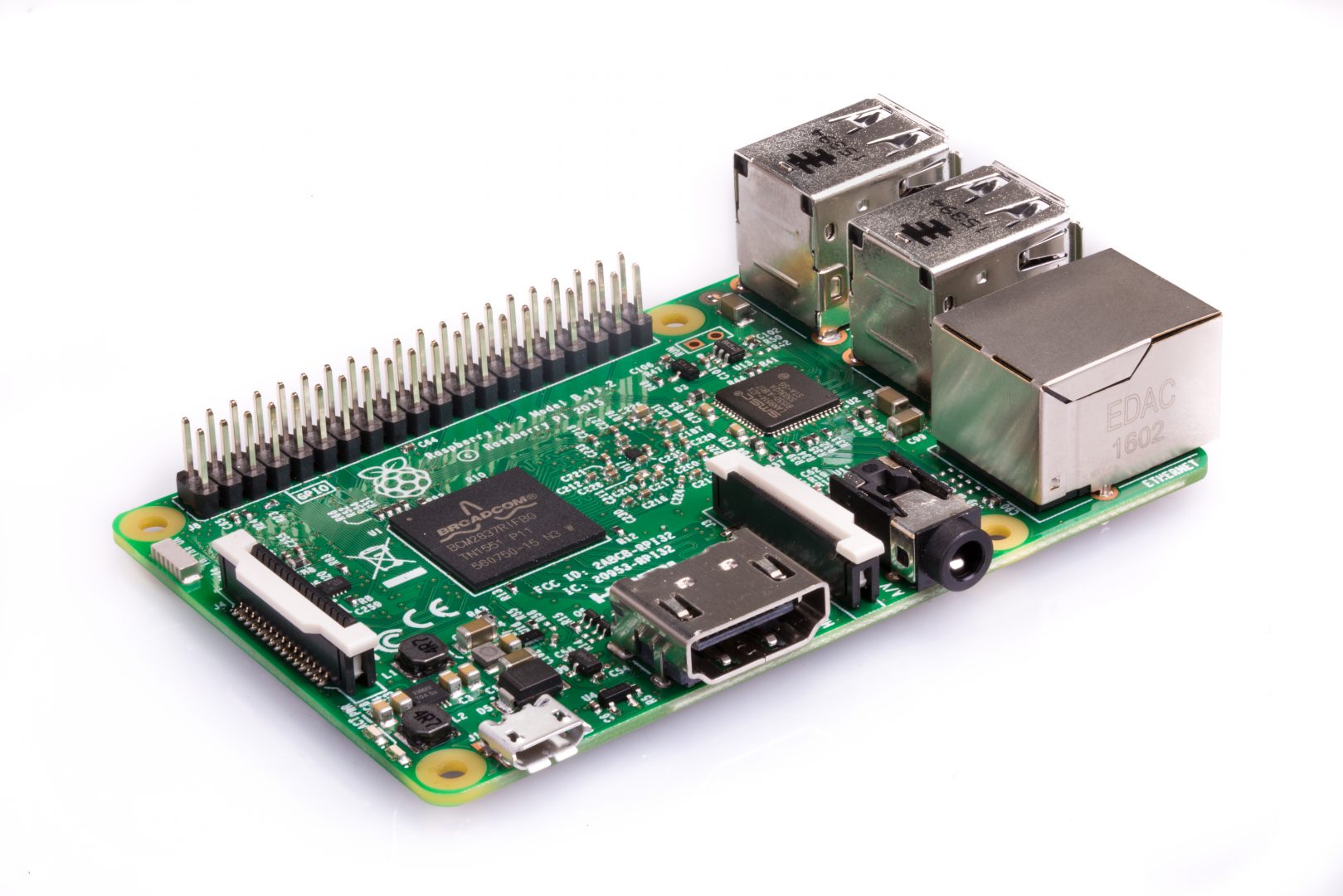

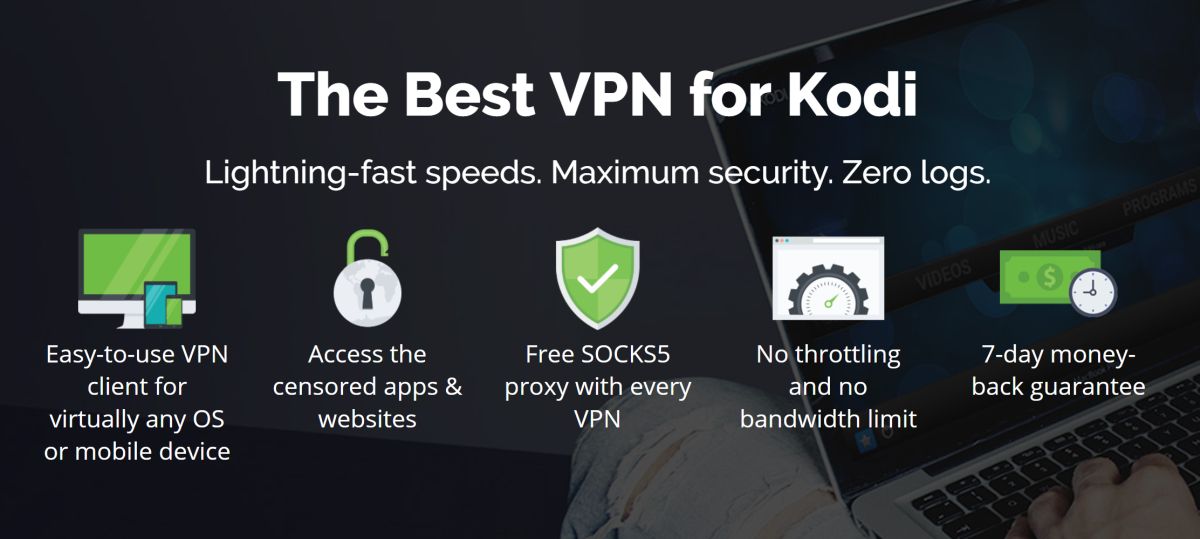
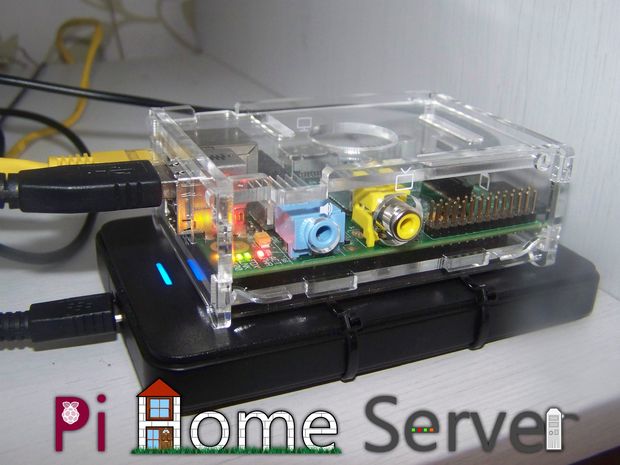


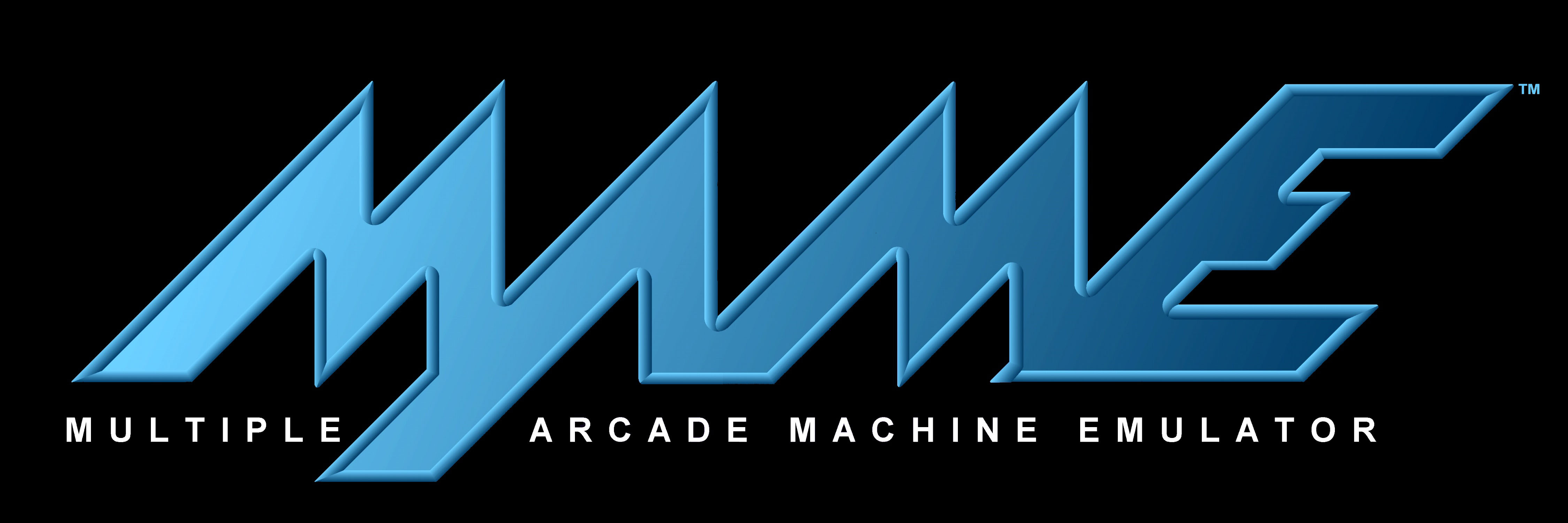

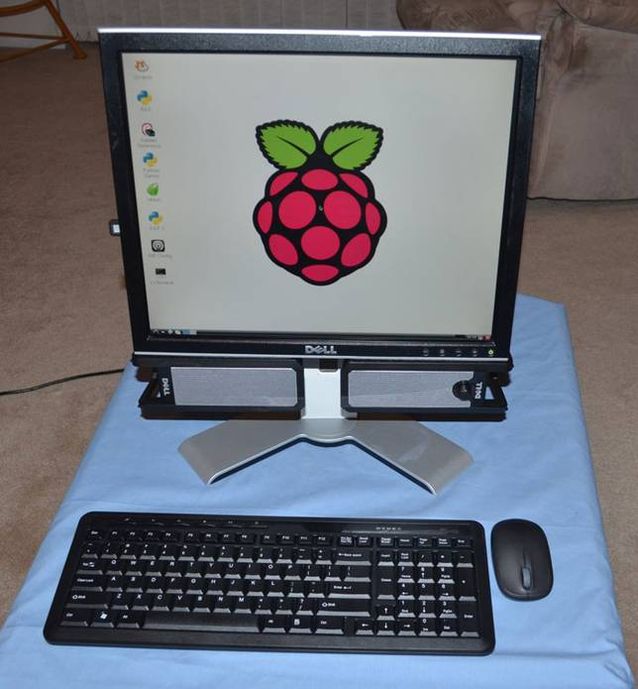

Mysterium nodes are devices, such as a Raspberry Pi, which help powers and maintain a distributed network. Any user of the network can pay to connect to your node, providing them with a VPN service, access to the open internet and a secure line of communication. https://mysterium.network/node/#Run
you forgot the most important one- pihole; block ads on your network and potentially save bandwidth because it doesnt load the ads.